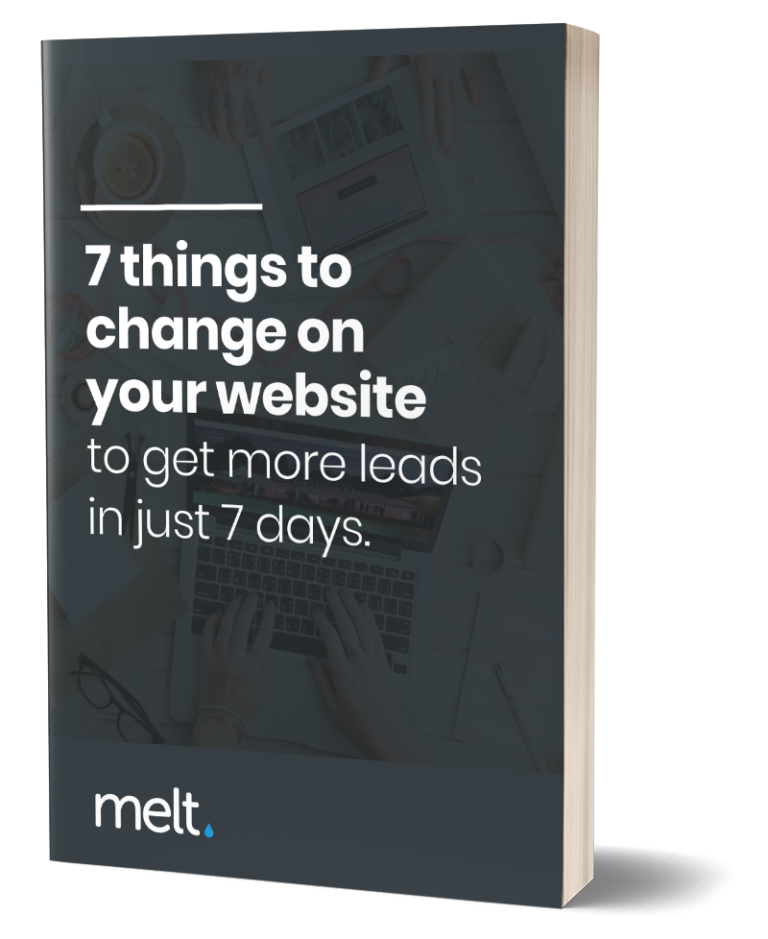Website traffic, how’s yours doing? Any idea what it is or how you can improve it?
If the answer is no idea, not really and no, then help is at hand! This blog has been written just for you. Read on for answers to all your questions on website traffic, along with some top tips on how to improve it.
What Is Website Traffic?
In the same way that we refer to motorway traffic as the volume of cars on the road, website traffic refers to the volume of users on a website.
In general, website traffic is good! The higher the volume of traffic, the more visitors to your website. And the more visitors to your website, the more people are seeing what products and services you offer.
Website traffic can be monitored to see how many visitors there are to a particular website and which areas or pages of a website are the most popular. This data can then be used to help structure your site and highlight any problems, so you can work on making it great.
Why Does Website Traffic Matter?
There are two very important reasons why website traffic matters.
As already mentioned, website traffic is good as it means more visitors are viewing your site and what you have to offer. But even more importantly, if these visitors are viewing your website, you have the opportunity to convert them into buyers (that’s called conversion).
If you spend the time to ensure your website design is easy to follow, that the written content is appealing to your customers, and that your website is performing properly in terms of links etc, then there is no reason why your visitors shouldn’t stick around and start buying.

Discover where your website is holding you back with a free, personalized audit report. Uncover what's keeping your site from reaching its full potential and start taking action today!
The second reason why website traffic really matters is that the more visits you have to your website, the more Google sees how relevant your website is. This, in turn, pushes your site higher up the ranks, making your site easier to find and improving your chances of further website traffic.
How Do I See How Much Website Traffic My Website Gets?
The easiest way to track how much traffic your website is getting is by using the tools Google give you. Have you heard of Google Analytics? Well, this is exactly what it’s for. It’s a free-of-charge platform that collects data from your website, which can then be used to help you understand more about how your website is performing and what journey your customers are taking when they visit your site.
Google Analytics provides you with handy statistics on how many visits your site is receiving on a weekly or monthly basis, or even in real-time. This can help you see what times and days your website receives the most visits. You can also see which pages attract the most traffic and what the bounce rate is (that’s how quickly people leave your website).
Google Analytics isn’t the easiest to set up; it can be a bit fiddly if you don’t know what you’re doing. But basically, you need to input a string of code somewhere on your website or in your website builder to get it to start tracking. If it’s a bit too techy for you, call on a friend or speak to a website company (ahem). Once this is done, you’re away, and everything else speaks for itself.
Why Is My Traffic So Low?
If your traffic is low, there could be a number of reasons for it.
Usability
Website usability refers to how easy it is to use a website. The best sites will have a user-friendly design and be accessible to the people who are using them. We’ve all visited sites on our phones where the layout is all over the place, and the links don’t work. If this happens, we don’t generally stick around for long.
How well a website is viewed on different devices is just one of the factors in usability. More simple design aspects such as font, colour and layout also play a big part. If visitors are finding it difficult to find certain important information on your website, then something is wrong. But it can be that just a small adjustment makes all the difference.
Poor Content
Your content has to do so much. It needs to reflect who you are – your business’ personality, but it also has to persuade people to buy. Oh, and it helps if it’s optimised to rank in search engines too. Not a lot to ask, is it?
All too often, when you visit a website, the content is either too salesy, not giving you the information you actually want, or just too boring. And it seems our attention span is very limited! Luckily there is help to be found if you’re struggling with your content. Whether that be from a bit of internet research or by getting someone to help you out who really knows what they’re doing. Decent, informative and persuasive content can make all the difference.
No Landing Pages
Many people point their ads to their business’s home page, leaving the visitor to do all the hard work in finding the information they want, and often giving up before they get there. A landing page solves this problem and directs your visitors straight to what they are interested in. They’re designed for a specific target audience – generally in response to a particular e-mail campaign or ad – and their goal is to help convert visitors into customers.
What Can I Do To Get More Traffic?
Create a Customer Journey
You need to sit down and study your website. Plot how each user is going to move their way through it. You need to make it as easy and foolproof as possible. Quick and seamless is what you’re aiming for. No trying to sneakily redirect users towards a further bit of info. They’ve come for a reason, and you need to provide it. As mentioned above, landing pages are great for this.
Write Good Copy
Pay attention to what you write. Make sure your webpages are informative, interesting and keep a visitor engaged. No one wants to read a load of self-indulgent babble about how you’ve got here and why; they just want to know what you can provide for them. Pinpoint your keywords (those are the words that people use to find products or services like yours via search engines) and use them in your headings (h1 tags) and copy. But not too much because that can send you plummeting to the depths of page 999 of the search results.
Blog. A lot.
Write blogs and add them regularly. Share your blogs in groups, on forums and on social media. The better reach your blogs have, the more traffic they’ll bring in.
Links
Check every link on your website works, broken links not only annoy your visitors, Google doesn’t like them either.
Spend time building backlinks (links to and from other websites) to good-quality websites. Mention a local restaurant in your blog? Link to it – and ask them to link back. It’s things like this that help authenticate your website to visitors and Google. But DO NOT sign up to hundreds of online directories thinking these links will help – if the source of the link is seen as spam, it can harm your ranking. There’s no shortcut for this, sadly.
Hate Navigating Website Traffic As Much As Real Traffic?
Website traffic is good! The more traffic you get to your website, the more opportunities you have to convert your website’s visitors into buyers. Following these guidelines will help traffic find its way there, and then it’s down to you to ensure you make the journey short and enjoyable rather than long and tedious.
If you’re not feeling any clearer about ‘traffic’ and ‘journeys’, other than the traditional kind (‘on a road, where it belongs’), then reach out to us. Just get in touch, and we’ll help you ensure all the right traffic is heading your way.

